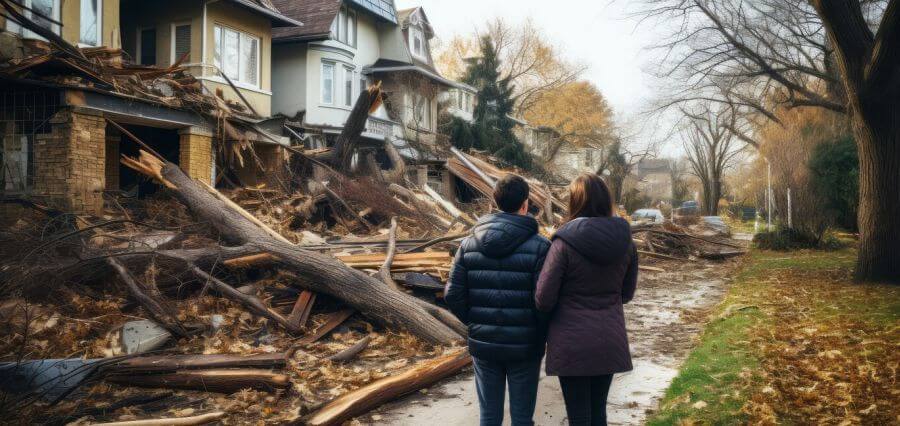‘How Home Insurance Can Assist in Times of Disaster’

Home insurance is more than just a piece of paper; it serves as your safety net and financial lifeline during times of disaster. Understanding the intricacies of your policy is crucial to ensure that you are adequately covered when you need it most.
Firstly, it is essential to understand the fundamental workings of home insurance policies. Home insurance is designed to cover unexpected incidents such as break-ins, fires, or natural disasters, depending on the specific terms of your policy. There are two main types of policies to consider: ‘open perils’ and ‘named perils,’ each offering different levels of coverage. Additionally, you must decide between ‘actual cash value’ and ‘replacement cost’ coverage, which determine how much you will be reimbursed for damages.
Despite the complexities of home insurance, there are common misconceptions that can lead to confusion and potentially costly mistakes. For example, many mistakenly believe that the market value of their home is covered, when in reality, it is the cost to rebuild that is usually included. Additionally, standard policies may not cover all personal belongings or certain disasters like floods or earthquakes, necessitating additional coverage.
In the event of a disaster, your home insurance policy serves as a financial safety net, helping you recover from unexpected calamitous events. It can compensate you for losses incurred, assist in rebuilding and repairs, and provide additional living expenses coverage if your home becomes uninhabitable. Understanding the coverages included in a typical policy, such as structure coverage, personal belongings coverage, liability coverage, and additional living expenses coverage, is crucial for being prepared for disasters.
For homeowners in high-risk areas, exploring additional coverage options like flood insurance, earthquake insurance, or hurricane insurance can provide an extra layer of protection. These targeted policies address specific risks that may not be covered by standard policies. It is important to carefully evaluate the potential risks and costs associated with these extra coverages and consult with an insurance advisor to make informed decisions.
The claims process can seem daunting, but understanding the steps involved is essential for maximizing the benefits of your policy. Reporting the loss, documenting the damage, and being patient throughout the process are key components of filing a successful claim. Additionally, understanding the specifics of your policy’s rebuilding and replacement coverage is crucial for ensuring you are adequately protected.
In conclusion, home insurance is your financial safety net during disasters, providing you with the support you need to rebuild and recover. By understanding your policy, reviewing it regularly, and considering extra coverage for high-risk scenarios, you can ensure that you are prepared for the worst. Real-life stories of home insurance success highlight the importance of having comprehensive coverage tailored to your specific needs and geographic risks. So, take the necessary steps to protect your home and financial stability in times of crisis.






